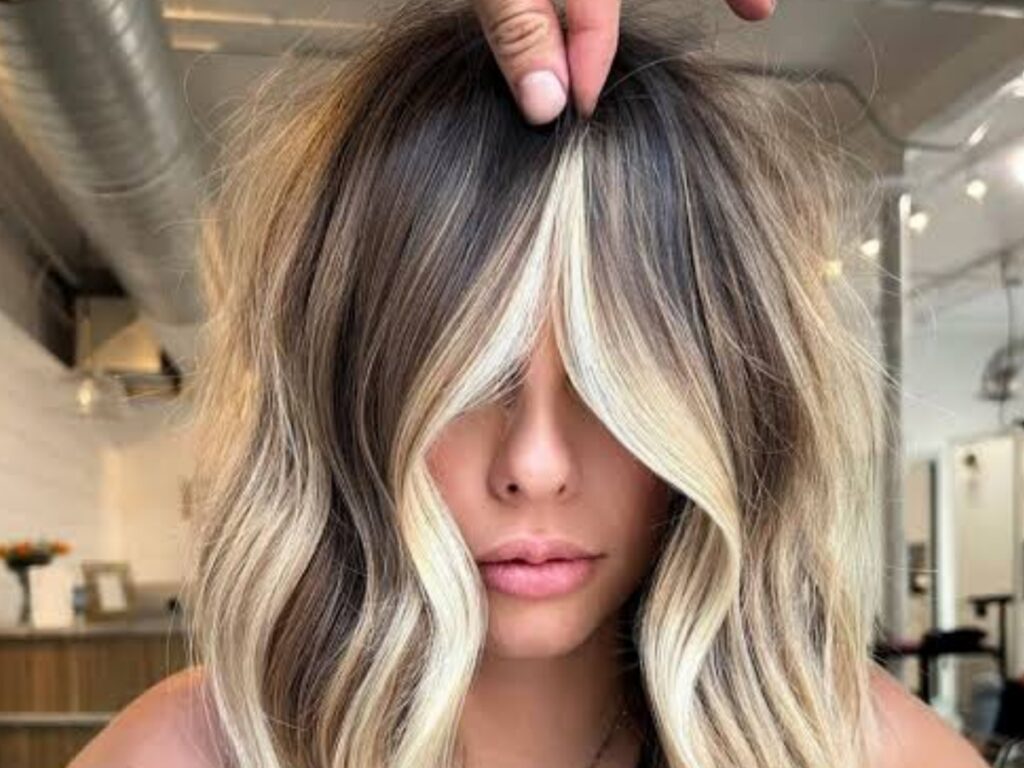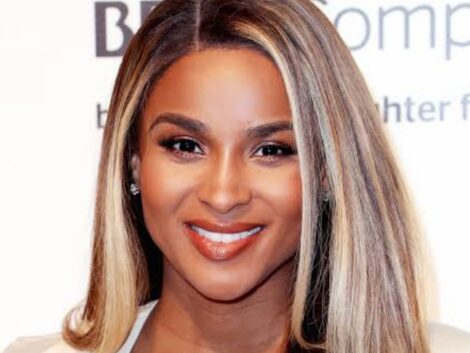Balayage is a hair coloring technique that involves hand-painting highlights onto the hair to create a natural, blended, and sun-kissed look. The word “balayage” is derived from the French term meaning “to sweep” or “to paint.” It is a freehand technique where the hair colorist applies the color vertically onto the hair, allowing for a softer, more gradual color transition with less noticeable regrowth lines compared to traditional highlighting techniques. Balayage is known for its low-maintenance nature and ability to create a natural-looking, customized result.
In this article, we will explore the ins and outs of balayage and its comparison with traditional highlights.
What does balayage do to your hair?
Balayage can have various effects on your hair, depending on the desired outcome. Here are some common effects of balayage:
Natural-looking highlights
Balayage creates soft, blended highlights that mimic the natural lightening of the hair from the sun. This technique allows for a more natural and sun-kissed appearance compared to traditional foil highlights.
Dimension and depth
Balayage adds depth and dimension to the hair by incorporating different shades and tones. The hand-painted technique allows the colorist to strategically place lighter and darker tones, creating a multidimensional effect.
Soft color transition
With balayage, there is no harsh line of demarcation between colored and uncolored hair. The color is seamlessly blended, resulting in a softer and more gradual color transition as the hair grows out, requiring fewer frequent touch-ups.
Customization
Balayage allows for customized color results. The colorist can personalize the placement and intensity of the highlights to complement your skin tone, hair length, and overall style. This customization ensures a unique and personalized look.
Low maintenance
Balayage is a low-maintenance hair coloring technique. Since the highlights are strategically placed and blended, the regrowth lines are less noticeable, and touch-ups are less frequent. This makes it a popular choice for those who desire a low-maintenance hair color option.
It’s important to note that the effects of balayage can vary depending on your hair color, texture, and skill of the colorist. It is recommended to consult with a professional colorist to discuss your desired outcome and assess whether balayage is suitable for your hair type.
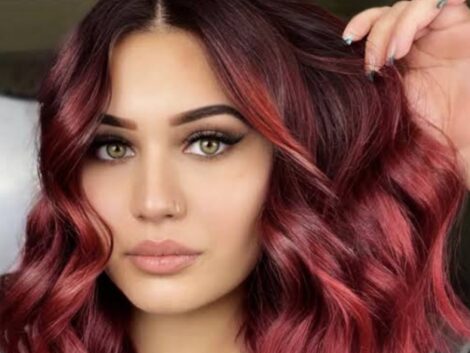
What’s the difference between balayage & highlights?
Balayage and traditional highlights are two different hair coloring techniques that achieve distinct effects. Here are the key differences between balayage and highlights:
Balayage
- Technique: Balayage is a freehand technique where the colorist hand-paints the highlights onto the hair. This technique allows for more control over the placement and intensity of the highlights, resulting in a more natural and blended look.
- Gradual color transition: Balayage creates a soft and seamless color transition from the roots to the ends of the hair, with no harsh lines or stripes. The colorist strategically places the highlights to mimic the way the sun naturally lightens the hair, giving it a more sun-kissed effect.
- Customization: Balayage offers a high level of customization. The colorist can choose where to place the highlights, concentrating on areas that will enhance your features or create certain effects. This technique allows for a personalized and tailored color result.
- Lower maintenance: Balayage requires less maintenance compared to traditional highlights. Since the color is more blended and natural, the regrowth lines are less noticeable, allowing for longer periods between touch-ups.
Traditional Highlights
- Technique: Traditional highlights, also known as foil highlights, involve wrapping sections of the hair in foils. The colorist applies the color mixture to the hair, which is then covered in foil to isolate the strands and enhance the processing.
- Controlled placement: Foil highlights provide more control over the placement and saturation of the color. The colorist can evenly distribute the highlights across the hair, achieving a more uniform look.
- Brighter effect: Foil highlights often result in a brighter and more visible contrast compared to balayage. The foils help amplify the color’s lifting effect, resulting in a more pronounced and intense contrast between the colored strands and the natural hair color.
- Higher maintenance: Traditional highlights tend to require more maintenance as the regrowth lines become more noticeable over time. Touch-ups may be required more frequently to maintain a seamless look.
When deciding between balayage and traditional highlights, it’s important to consider factors such as the desired look, maintenance level, and personal preference.
What is the downside of balayage?
While balayage is a popular hair coloring technique, there are a few potential downsides to consider:
Cost
Balayage can be more expensive than traditional highlighting methods because it requires more time and skill to achieve the desired results. Additionally, subsequent touch-up appointments may be necessary to maintain the look, which can add to the overall cost.
Maintenance
Balayage requires regular touch-ups to maintain its appearance, usually every 8–12 weeks, depending on the individual’s hair growth. This can be time-consuming and may demand regular salon visits.
Damage
Like any hair coloring process, balayage involves the use of bleach or lightening agents. While skilled stylists use techniques that minimize damage, the process can still cause some hair damage or dryness, especially if the hair is already fragile or damaged.
Limited color options
Balayage is generally known for creating natural, sun-kissed looks. If you’re looking for more dramatic or vibrant colors, balayage might not be the best option, as it typically focuses on subtler, blended color transitions.
Initial color variation
After a balayage treatment, the color variation might not turn out exactly as expected. Depending on the starting hair color and condition, the results can be unpredictable, which may disappoint some individuals looking for more precise color placement.
It’s important to consult with an experienced stylist to discuss your specific hair type, desired outcome, and any potential concerns or limitations before committing to a balayage treatment.
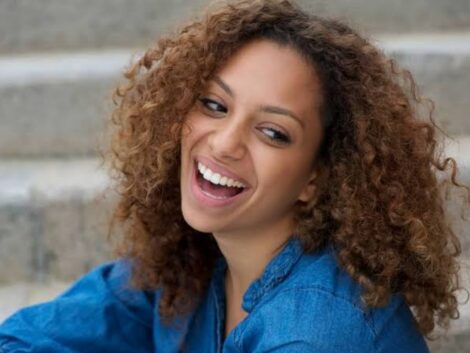
Is balayage better than highlights?
Whether balayage is better than highlights depends on personal preference and individual hair needs. Both methods have their distinctive usefulness:
Balayage
- Natural-looking: Balayage creates a more natural, sun-kissed effect with soft color transitions and depth.
- Low maintenance: Balayage requires fewer touch-ups compared to traditional highlights because the color is more seamlessly blended, allowing for more grow-out without noticeable roots.
- Versatility: Balayage can be adapted to different hair colors and textures, and it can be customized to flatter different skin tones.
- Soft regrowth: As the color is painted on, the regrowth line is generally less harsh than traditional highlights.
Highlights
- Precise color placement: With traditional highlights, a stylist can place the color more precisely to create specific patterns or multidimensional effects.
- More vibrant results: Traditional highlights can provide bolder and more noticeable color, which is desirable for those seeking dramatic or contrasting effects.
- Complete coverage: Highlights can be applied all over the head, ensuring coverage from roots to tips.
- Can be more affordable: Traditional highlighting techniques generally require less time and product compared to balayage, potentially making them more cost-effective.
Ultimately, the choice between balayage and highlights depends on the desired outcome, natural hair color, maintenance preferences, and budget. It’s always advised to talk with an experienced beautician who can assess your hair and assist in determining which method best suits your demands.
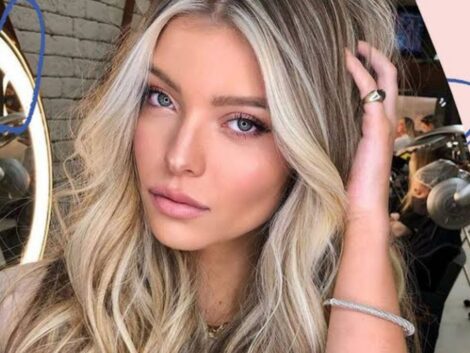
Are highlights healthier than balayage?
Both highlights and balayage can be done in a way that minimizes damage to the hair, so it ultimately depends on the specific technique, products used, and the condition of your hair. However, in general, balayage tends to be less damaging than traditional foil highlights if done correctly. Here’s why:
Less contact with chemicals
Balayage involves painting the color onto the hair in a sweeping motion, which means there is less direct contact with the scalp, and the color is mainly focused on the mid-lengths and ends. This reduces the amount of chemical product applied to the hair and can minimize potential damage.
Softer lines of demarcation
Balayage creates a more natural, blended effect, with softer lines of demarcation between the colored and natural hair. This allows for more flexibility in grow-out, making maintenance touch-ups less frequent and reducing the need for excessive re-dyeing and overlapping of color, which can be damaging.
Less aggressive processing
Balayage typically involves a lower developer volume and sometimes even the use of gentle color or lightning products. This can help avoid excessive lifting and minimize damage caused by harsh chemicals and high heat typically associated with traditional foil highlights.
However, it’s important to note that balayage is not inherently healthier for the hair. The main contributing factor to healthy hair is the expertise and technique of the stylist performing the service. They should consider the condition of your hair and its sensitivity and choose appropriate products and application methods to minimize damage, regardless of the technique chosen.
Ultimately, it’s essential to consult with a professional hairstylist who can assess your hair’s condition, provide the best technique for your desired look, and use quality products to maintain the health of your hair throughout the coloring process.
Lastly, check out the mane caper shop.

